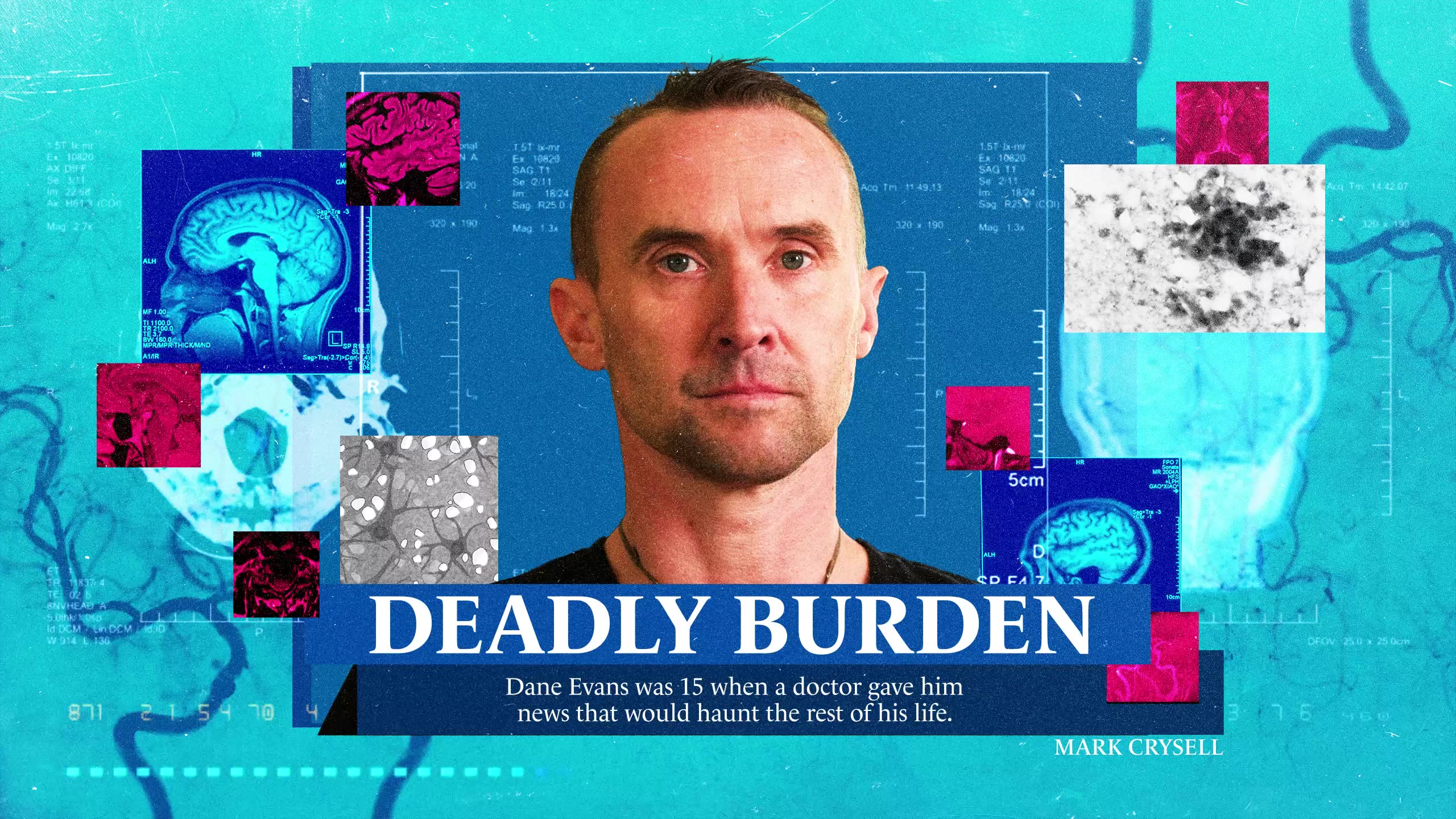
Growth hormone harvested from the brains of dead people might sound disconcerting, but to 150 New Zealand children it gave the gift of normal height – until a deadly risk was discovered. Six who received the treatment have now died. Survivor Dane Evans tells Mark Crysell about living a life burdened by a dreaded possibility.
For more than 20 years Dane Evans has carried around a dark secret. “I come from a generation of people that aren't really used to talking about things that affect them. We’ll just pick up a beer and get on with it” he says.
But how do you get on with it when you’ve been told by doctors that you could be carrying a ticking time bomb of a disease?
A disease that could lie dormant for decades before rapidly turning your brain into a sponge. A disease that killed six young New Zealanders injected with a contaminated and controversial medical treatment.
“It’s now time,” says Dane Evans, “that we talked about it.
“I am just after accountability. I want someone to kind of stand up and actually give me the answers to the questions that I've got."
Dane’s 42, and at five-foot seven, or 170 centimetres, just shy of the average height for Kiwi males, but that's only because of a lifetime of growth hormone injections.
Take look at one of his school photos and it’s a different picture.
“The photographer would always make me stand at the end of the front row because I'd be the same height as everyone sitting down," he says.
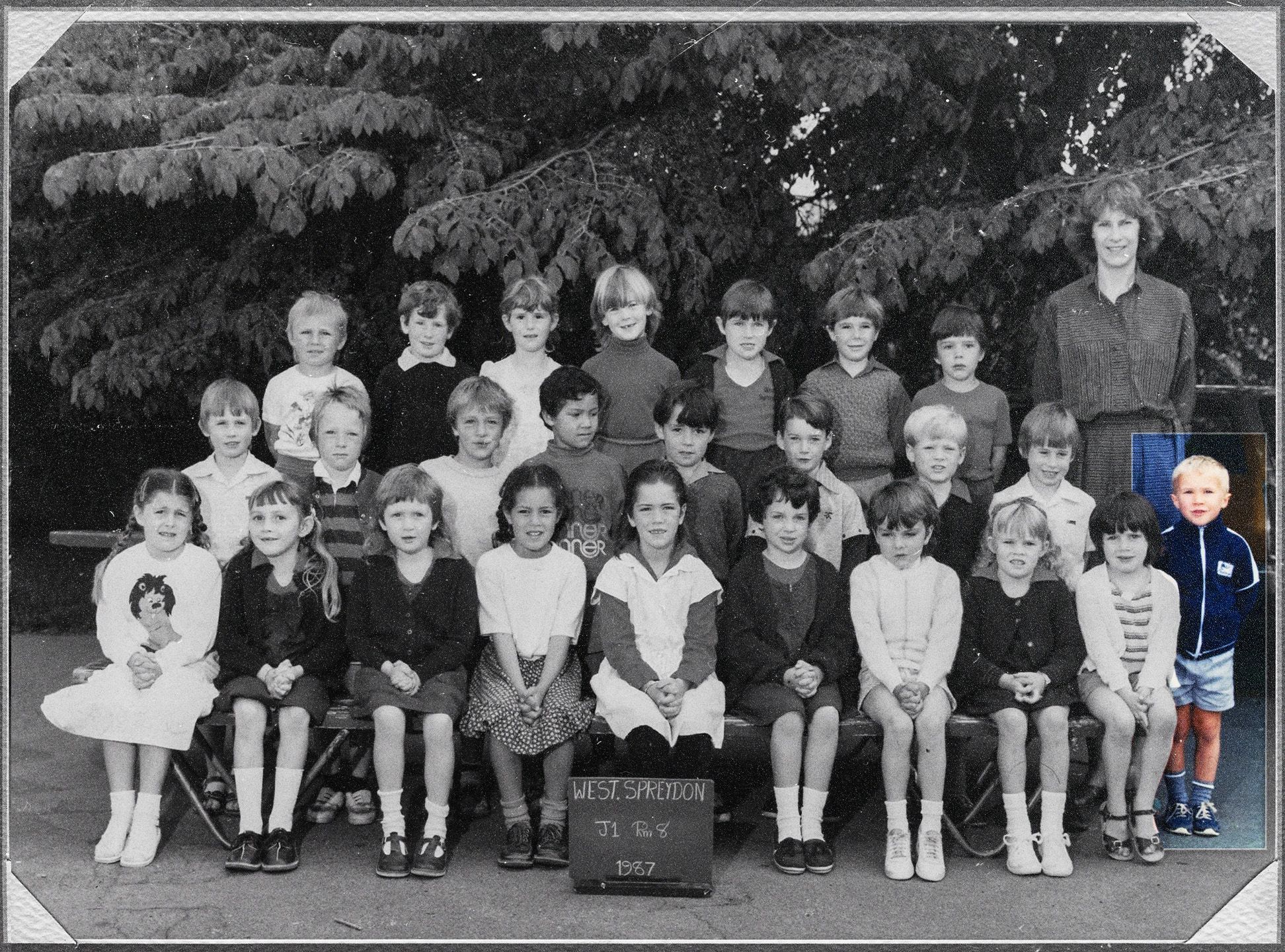
Old school photos show Dane as the shortest child in his class.
Old school photos show Dane as the shortest child in his class.
Dane’s short stature is a result of being born 1981 without a pituitary gland.
“Dane really wasn’t going to grow very much,” says his mother, Joan.
The pituitary is the size of a pea and sits at the base of the brain.
It plays a crucial role in our development by producing hormones that regulate growth.
Dane’s Plunket nurse spotted it first when Joan wanted to hire his baby car seat for longer because he still fitted it at 2 years old.
She told Joan, “You keep it as long as you like, but I think we should get his growth rates checked by the doctor.”
Joan was determined, “I didn't want him to go through life being a tiny person, if there was something that could be done about it.”
There was.
A MIRACLE CURE
Since the 1960s around 150 New Zealand children had undergone a treatment which involved administering a human growth hormone (HGH).
“It worked, we were delighted with the results,” says Professor Eric Espiner, a Christchurch endocrinologist, who examined Dane as a baby at St Margaret’s Hospital.
“Typically, within a year the child had returned to their normal trajectory of growth.”
It sounded like a miracle cure to Joan.
“I was excited, all you want is for your kid to be a normal height.”
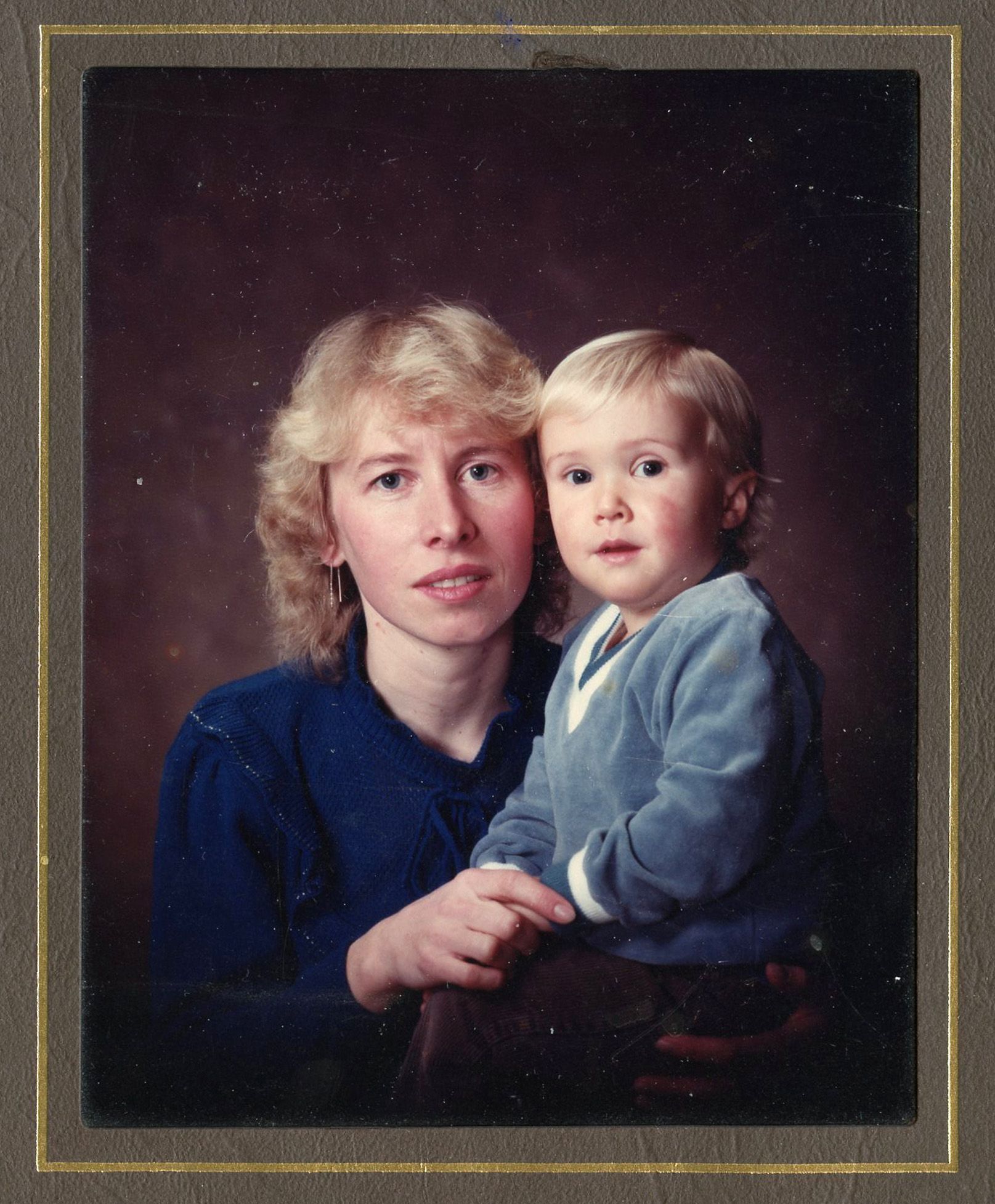
By the time Dane Evans was a toddler, his mother Joan was concerned about his height.
By the time Dane Evans was a toddler, his mother Joan was concerned about his height.
So, from the age of three, Dane embarked on a programme of regular growth hormone injections – up to three a week.
All up, Dane received more than 150 HGH injections between 1984 and 1985.
As far as memories go, it’s one that still stings.
“They were excruciating,” he says, “I remember the nurse having to use the biggest needles that they had. Because the fluid was really quite viscous, those hormones were almost syrupy.”
What neither Joan nor Dane knew at the time was where those growth hormones came from.
It wasn’t a secret, but in those days, doctors only told patients and parents if they asked.
“I didn't know at all, it was just produced and given out,” says Joan. “I thought I was lucky to get on the programme to help Dane.”
The realty was the growth hormone, which many parents saw as a wonder drug, was sourced from pituitary glands harvested from dead bodies.
Professor Espiner says, “when an autopsy was being done and the brain was exposed, the skull was opened, that the pituitary gland at the base of the brain would be taken out and put into acetone and sent off to a particular unit in the US of A where there was a group of chemists expert in the extraction of the vital peptide.”
The pituitaries were boiled into a concentrate before being put into ampules and made available worldwide.
Between 1958 and 1985, approximately 30,000 children around the world received injections of HGH harvested from cadavers.
One dead body yielded just enough growth hormone to treat one patient for one day and most patients needed at least three shots a week for their first year of treatment.
So, the pituitaries were sourced from cadavers all over the world and sent to laboratories in America and Europe for processing.
In New Zealand, morgues kept a running scorecard while in Australia, mortuary assistants were paid 50 cents per pituitary.
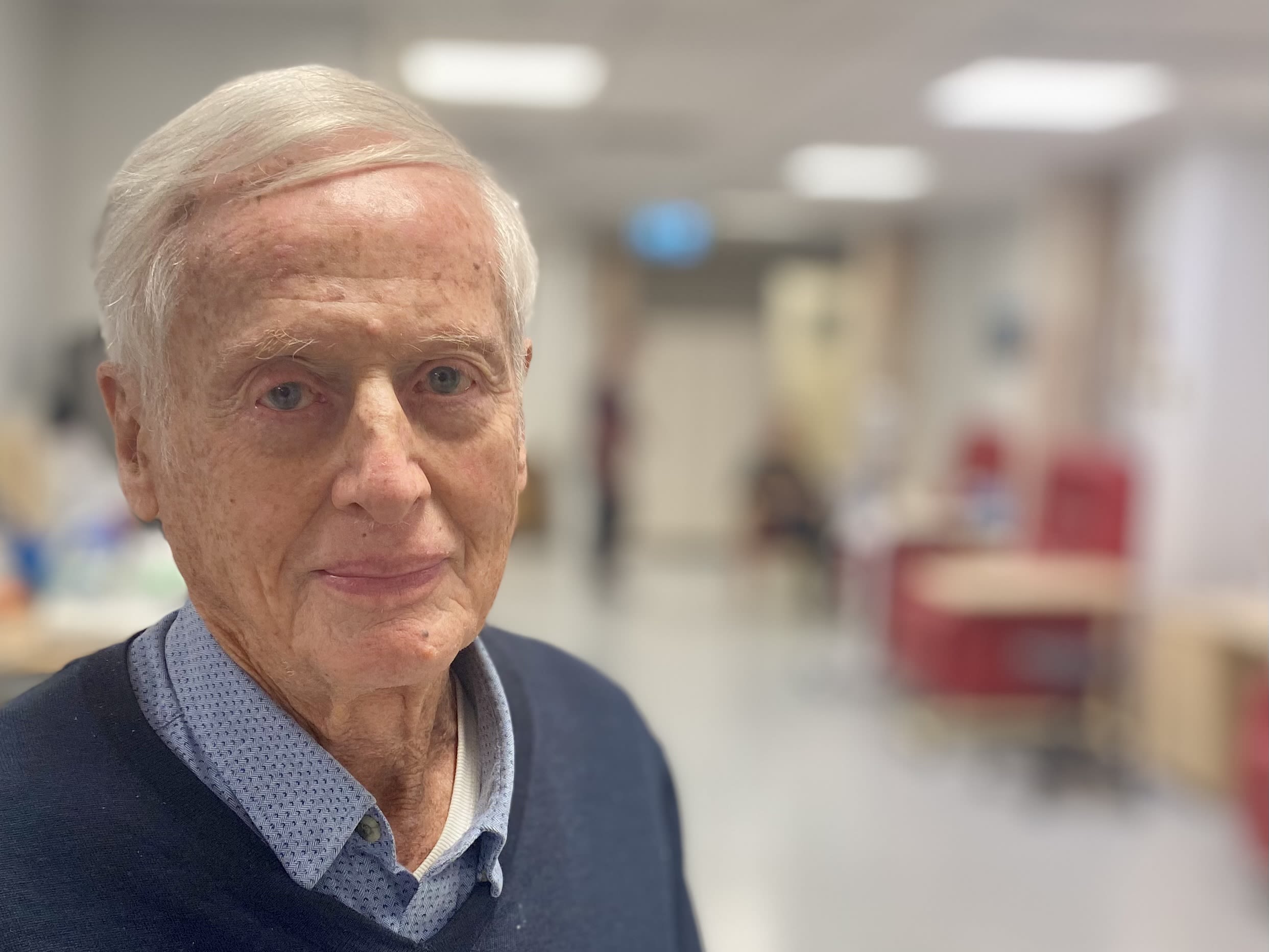
"It was just the culture of the time,” says Emeritus Professor Eric Espiner.
"It was just the culture of the time,” says Emeritus Professor Eric Espiner.
Professor Espiner remembers being at a post mortem in the 1980s when the pathologist turned to him. "He was taking the pituitary and he said 'here’s one for you'. He knew that I was treating children with growth hormone.”
But what seems staggering, from the vantage of 2023, is that no consents were given by next of kin for the extraction to take place.
“It was a given that an autopsy could be done, and tissue could be taken if it was to serve a useful purpose that might be lifesaving. Children with severe growth hormone deficiency could die as a result. It was just the culture of the time," says Professor Espiner.
By 1977, the National Hormone Laboratory at Auckland University was processing our own home grown HGH.
“We felt we were doing wonders, and we could see physically the improvements in children who were failing to thrive and suddenly there were little monsters running around, growing well,” says Professor Espiner.
Dane shot up by 9 centimetres in the first ten months of treatment.
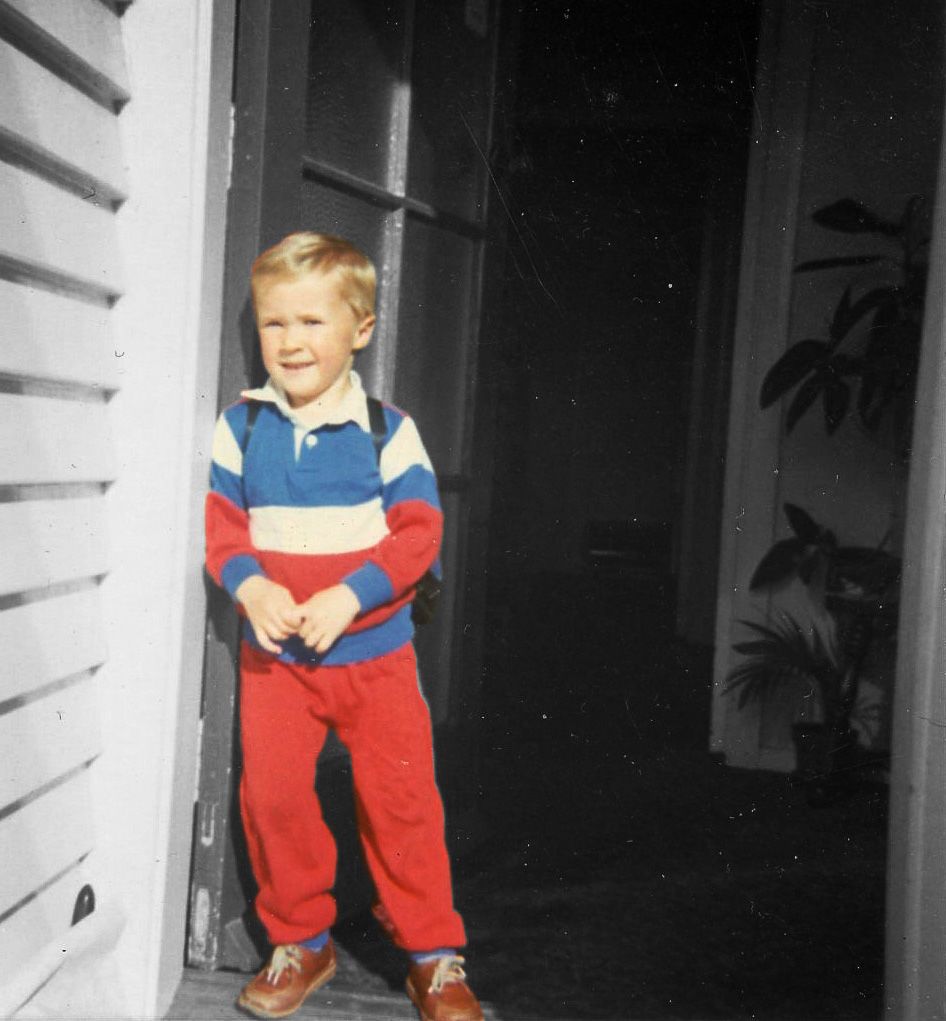
Joan was relieved to see the growth hormone having an effect on her son.
Joan was relieved to see the growth hormone having an effect on her son.
Joan called it a miracle cure, “every time we went to the hospital there’d be an increase in his height.”
But, for some, a deadly price was to be paid.
"WHAT WORSE SITUATION COULD OCCUR?"
In 1985, the programme came to an abrupt and frightening stop.
A typewritten letter from Professor Espiner to Joan on June 4th, 1985, stated that “all HGH was being immediately withdrawn following the death of three young Americans from an extremely rare and deadly brain disease, Creutzfeldt-Jakob Disease (CJD).”
They’d all received doses of growth hormone contaminated with CJD.
“It was a total disaster”, says Professor Espiner, “suddenly for this to come out of left field, and not just stop the programme in its tracks as it had to, but be a threat to the patients’ very existence, what worse situation could occur?”
CJD occurs when a protein called a prion begins to fold inside the brain. The brain becomes sponge-like, and it leads rapidly to dementia. Those afflicted have difficulty walking, dizziness and slurred speech. There is no cure and most die within a year of contracting the disease – although it can incubate in the body for decades before attacking the brain.
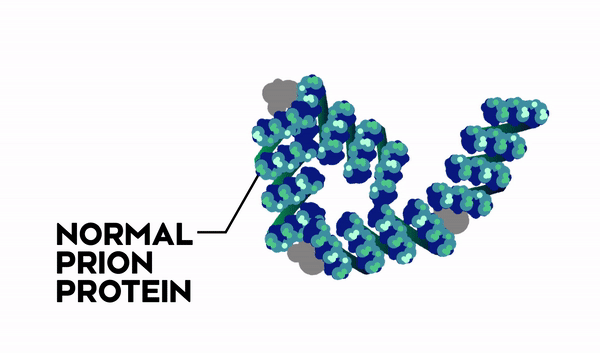
But CJD was so rare in 1985 that very few people had even heard of it.
It was still a few years before an epidemic of CJD’s bovine equivalent, Mad Cow Disease would cause a worldwide panic and kill hundreds of young people.
Joan had no idea what she was being warned about. “I thought it was probably Aids, but that’s all I knew about it at the time, but that was still a worry," she says. "But I was told it was very unlikely that Dane would have received any of that contaminated growth hormone.”
Dane was only five years old, too young to be told of his CJD risk.
All he remembers is being delighted those painful injections had stopped, but a year later a synthetic growth hormone was made available in New Zealand, and the treatment restarted.
“Every time I had to go to school camp, Mum and Dad would have to come," he says, "to give me my injections so I could have my medication.”
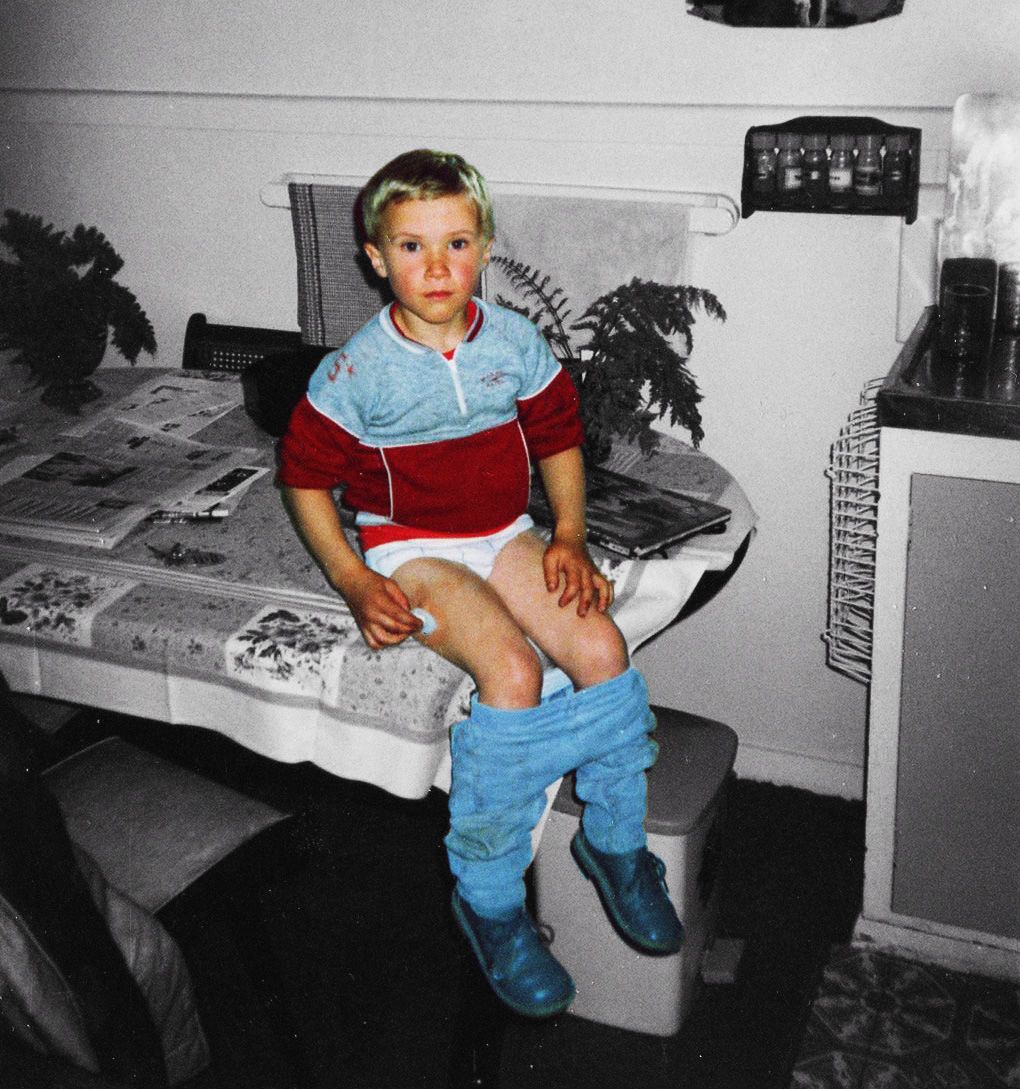
Regular injections were a part of Dane's childhood.
Regular injections were a part of Dane's childhood.
A HAPPY CHILDHOOD
Apart from that, Dane lived a pretty stock standard kid’s life growing up in Christchurch.
He laughs as he remembers, “Mum got me into gymnastics when I was young, because I was always a pretty physically fit wee guy. Life was normal. It was great, lots of good memories."
Joan even entered him into a Milky Bar kid audition, and he made the finals.
“He was very caring and always happy to do what I asked him. I never had to tell him off, I can’t actually remember ever reprimanding him for anything”, she says.
"LOOK, WE'VE GOT SOME BAD NEWS"
The threat of CJD hadn’t gone away – due to the disease's ability to incubate in the body – and alarm bells were starting to ring. In 1987, 32-year-old Debbie McKenzie from New Plymouth, died with CJD. It had been 15 years since she received contaminated growth hormone injections at Auckland Hospital.
Joan tried to stay positive, “It was in the back of your mind all the time” she says, “you've got to just carry on, but it was something that you sort of went to bed thinking about every night.”
By the 1990s it was impossible to ignore.
Britain’s Mad Cow Disease epidemic was starting to infect humans who’d eaten contaminated beef.
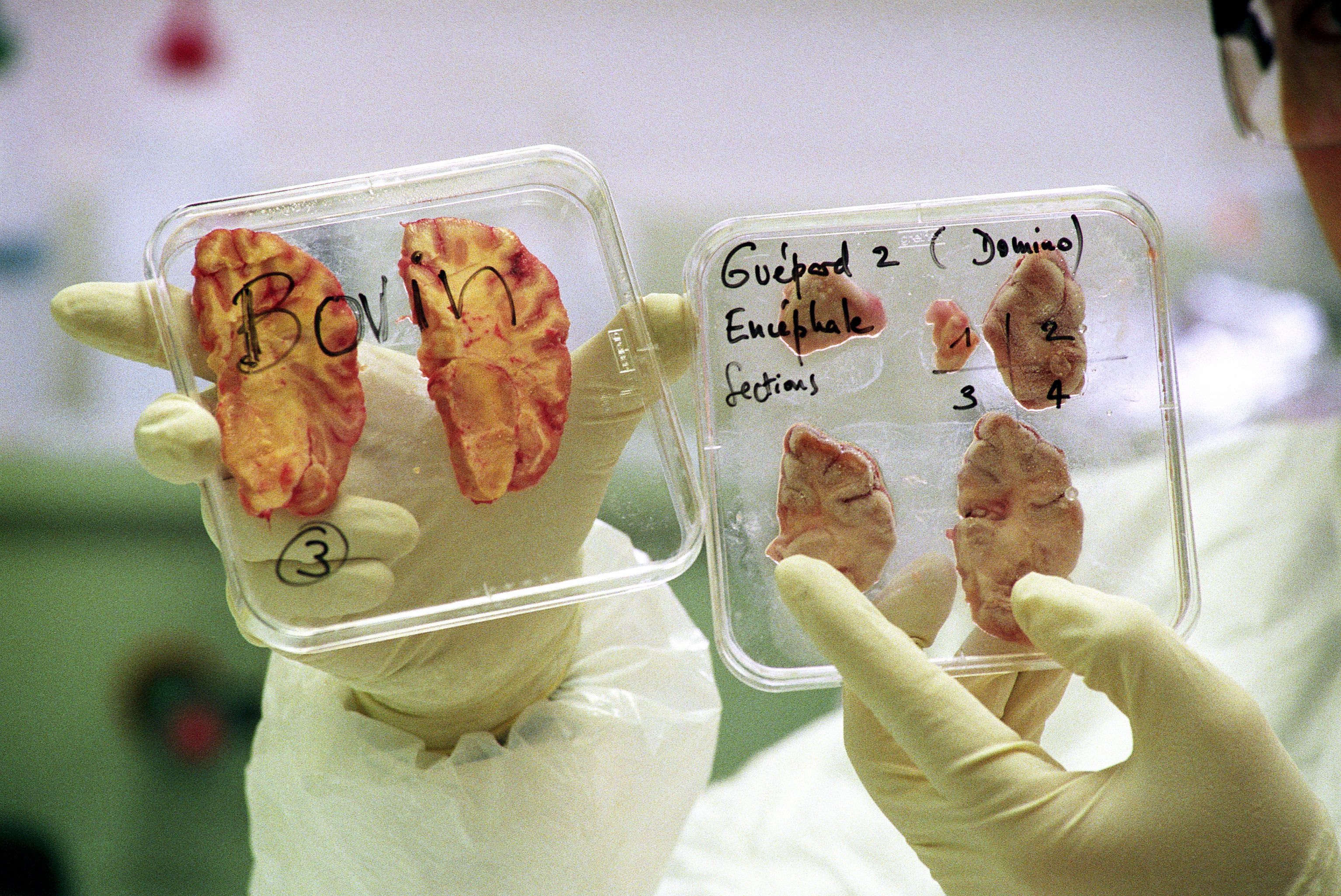
November 26, 1997 - Anatomopathological study (bovine and leopard)
November 26, 1997 - Anatomopathological study (bovine and leopard)
Scientifically it’s known as Bovine Spongiform Encephalopathy (BSE) but it’s essentially CJD in cows with the same symptoms and deadly outcome.
Anyone around at the time would remember panic and dread spreading around the globe as images of trembling, staggering and dying cows filled TV news bulletins.
By 1996, Dane’s doctors decided it was time to tell him that the growth hormone injections he’d had as a child may have infected him with CJD.
“They sat me down and they said 'oh look we’ve got some bad news,'” he says.
He was 15 years old and had just sat School Certificate.
The doctors told him, “When we gave you the injections of growth hormone back when you first started. We’ve put you at risk of getting a disease that can have a very long incubation period”.
They asked him he’d heard of Mad Cow’s Disease, he said he’d seen the staggering British cows on TV.
01 November, 1989 - Cow suffering from Bovine Spongiform Encephalopathy (BSE)
01 November, 1989 - Cow suffering from Bovine Spongiform Encephalopathy (BSE)
“We’ve basically put you at risk of developing CJD. If you get it, it is a terminal brain-wasting disease," the doctors said.
They listed the symptoms: “It starts with rapid onset dementia, shaking, loss of balance, slurred speech. And then you become bedridden and die and yeah, they were like, you know we’re sorry about that.”
His risk was considered low, the contaminated growth hormone had come from America, while Dane’s was made at Auckland University, but it couldn’t be completely ruled out.
It was a meeting that would change the course of Dane’s life.
“I was a child and I just kind of went into a bit of self-protection mode. You go quite numb, and I think at first you experience a little bit of shock and denial," he says.
He spoke to his mum outside the doctor's office and told her he was scared.
“It’s not until later on when you decompressed, and churn things over in your head that you realise the gravity of what they're telling you.”
Then, like Joan, he tried to put it at the back of his head, but as time went by, he just couldn’t.
TICK, TICK, TICK
“I was on a trajectory of living quite a normal adult life” he says, “I wish they hadn’t have told me.”
By the end of the 1990s another four New Zealanders had died with CJD from contaminated growth hormone which had incubated inside them for 30 years.
Dane started to feel the tick, tick, tick of a CJD time bomb inside his brain. “I was constantly worried about getting, developing CJD”, he says. "That fear, it’s like a paranoia that kind of sits over the top of you and the wheels fall off.”
Even small ailments and emotions felt like signs he was starting to go crazy. “Things would happen, you know like I would get upset about something and then it would snowball”, he says.
In 2006, the sixth New Zealander who’d received growth hormone treatments died from CJD.
It had laid dormant for 40 years.
LOST AND ALONE
Dane's paranoia gave way to anxiety and depression, overwhelming him to a point where he couldn’t hold down jobs or relationships.
At his darkest, he contemplated suicide. “I was at war constantly with something inside of me. I was just really going overboard with a lot of things. Once I found alcohol and drugs, that was me, I found my way out,” he says.
Alcohol and drugs might’ve dulled the pain, but it was no way out. Dane would disappear on three-day benders that climaxed with episodes of self-harming.
“I'd had a couple of partners during that time that just had to tolerate watching me beat the shit out of myself," Dane says, “I've ended up in the hospital a couple of times, broken leg, broken feet, broken hands, broken collar bone.”
It was Joan who’d pick him up from hospital after he’d drunk himself into a stupor.
But what was even tougher was a mum’s crushing guilt over consenting to let her young son be injected with growth hormone in the first place.
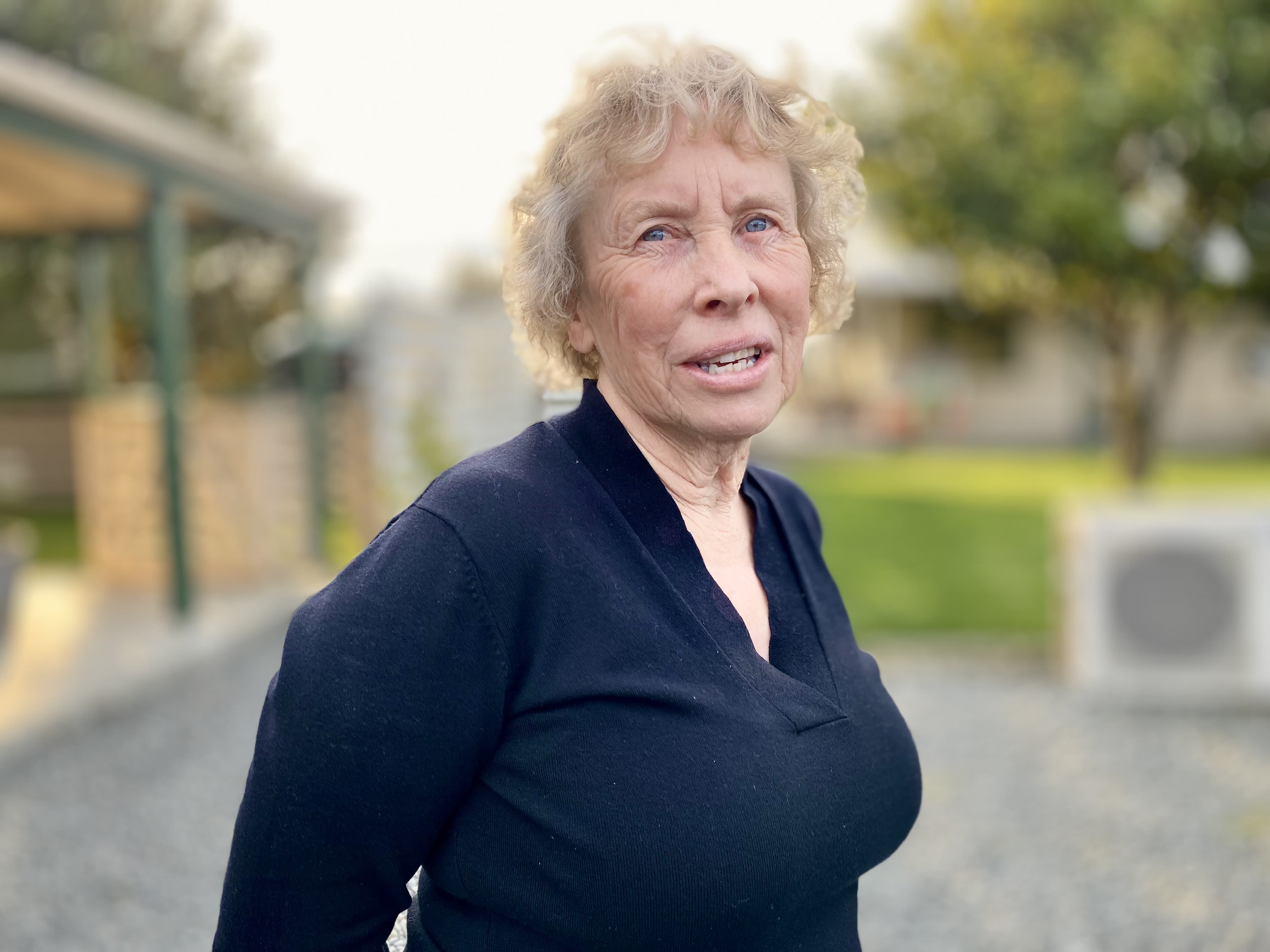
Dane's mother, Joan Evans has felt guilt for allowing her son to receive treatment as a child.
Dane's mother, Joan Evans has felt guilt for allowing her son to receive treatment as a child.
Joan tearfully says “how can such a nice person have their life turn around completely on them, you know? It’s just too hard to think about sometimes.”
Dane’s past 22 years have been a revolving door of rehabs and mental health facilities as he tried to get his life back on track.
In medical notes given to us by Dane, a drug and alcohol counsellor at Christchurch’s Odessey House, James Hutton states, “In my clinical opinion it’s likely that the anger and confusion of knowing he might get CJD was a significant factor in the development of Dane’s addictions.”
It’s a burden that has left Dane feeling lost and alone but his is not an isolated case.
In 2007, Auckland Hospital told 43 patients they were at risk of having contracted CJD during brain surgery in which medical instruments were used that had previously been used on a woman who later died of the disease.
The prion proteins, which cause CJD are so sticky, that even sterilisation of instruments doesn’t remove contamination.
One of the patients, Aucklander Danielle Lambermon, spoke of falling into years of depression as she struggled with the burden of knowing she may be carrying CJD.
It’s now almost 40 years since Dane had his last injection of growth hormone sourced from a dead body but some forms of CJD can incubate for 50 years.
He believes he’s still at risk, “It worries me every day," he says.
Last year he tracked down Professor Espiner to tell him how his life had turned out.
He’s now Emeritus Professor Eric Espiner and a fit and trim 89-year-old who still works as a health researcher for the University of Otago.
“He did lay out to me a lot of the mental health issues he’d been through, and they were remarkable," says Professor Espiner. “We’re all built different and the programming of the brain to a stress response or to bad memories will depend on conditioning... some go right off the track.”
Dane told Professor Espiner he didn’t blame his doctors for what had happened to him. “I genuinely think that most doctors are there to help us," he says, “they have the best intentions... I’m more angry at the big picture.”
NO INQUIRY,
NO APOLOGY
The big picture for Dane is accountability and compensation.
Australia held two separate inquiries in the 1990s after five people died after being injected with CJD contaminated hormones. As a result, the Australian government set up support groups and paid compensation to the those who had to live knowing they might have the disease.
In contrast, there’s been no official inquiry or apology in New Zealand despite six young Kiwis dying from growth hormones sourced from dead bodies – of the 150 injected with the potentially contaminated substance.
Dane has been turned down three times by ACC when he tried for compensation with the support of his GP and a counsellor.
He has a chance of a devastating disorder," says Professor Espiner. “In the end you have to say this is a case that merits a response from the government that compensates.”
His chances of contracting CJD are rated low but no scientist will 100 percent rule it out.
To Dane any chance is still a chance. “I don’t like to talk about compensation, he says, “but if it came to the compensation, I would want it for what my mother’s been through.”
His drinking is under control but it’s one day at a time.
“Alcohol’s been the evil mistress. It’s been the thing and it’s been there to hold me, keep me warm,” he says, “but then it’s also been the thing that’s, on multiple occasions, tried to destroy my life. And I still battle with it now.”
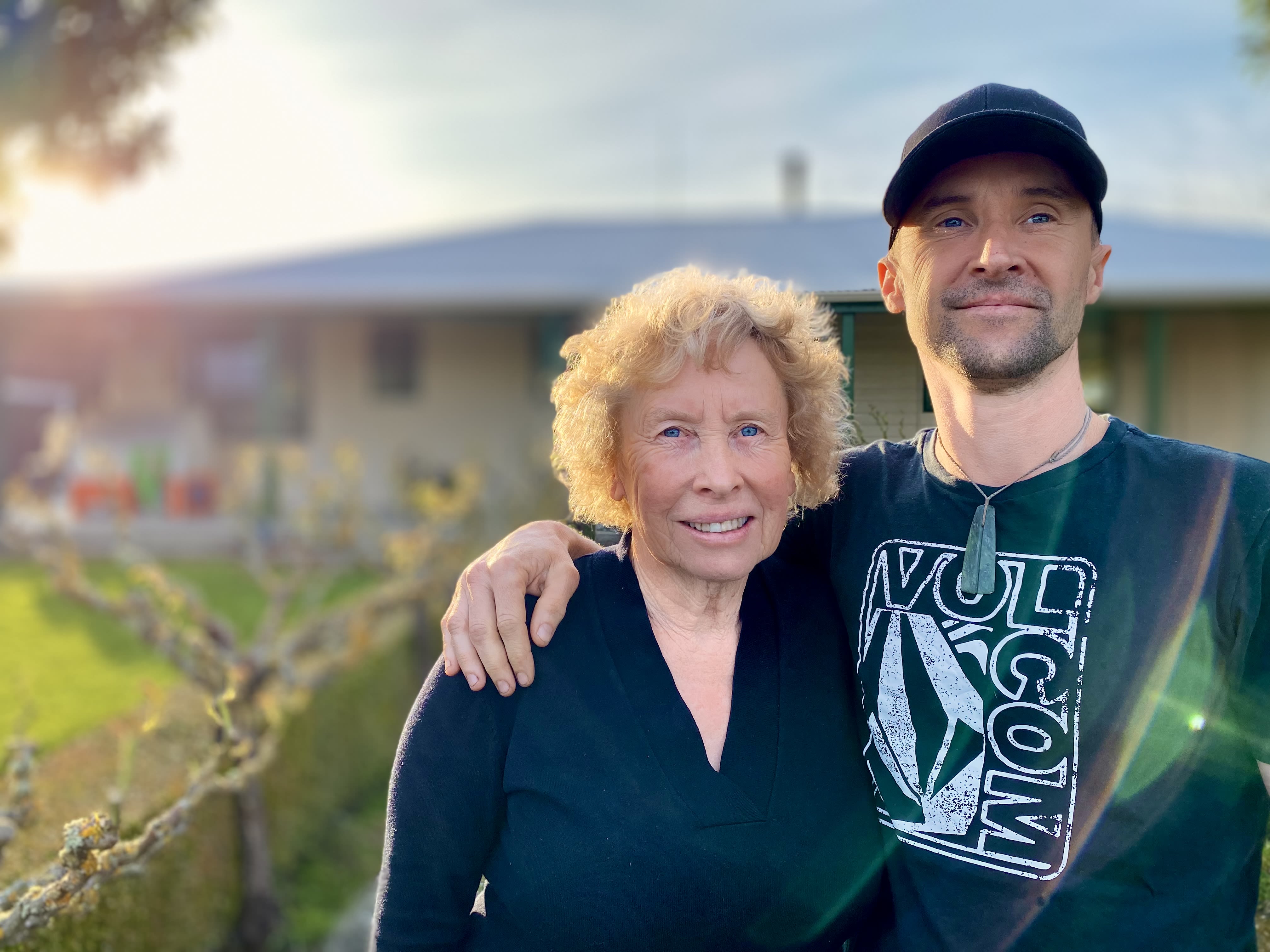
A close bond endures between Joan and Dane.
A close bond endures between Joan and Dane.
Dane’s now living with Joan and stepdad, Darren on a lifestyle block north of Christchurch.
If anything happens, he wants to be at home.
He says “I do have nightmares”, he says, “I wake myself up because I’m dreaming that I am one of those people with CJD shaking and writhing and slurring their speech. “Some days are better than others, but some days, you know you can’t take it and you need to stay in bed.”
WHAT IS CREUTZFELD-JAKOB DISEASE?
Creutzfeldt-Jakob disease (CJD) is part of a group of rare diseases that affects humans and animals, known as transmissible spongiform encephalopathies (TSEs) or prion diseases.
It leads rapidly to physical deterioration of the brain, causing dementia and walking difficulties. Most people die within six months.
In cattle, it’s better known as Mad Cow Disease, in sheep, they call it scrapie because it makes the infected animals compulsively scrape off their fleece.
CJD was first was first recognised in humans in the 1920s.
Sporadic CJD is by far the most common form of the disease with up to 90 percent of all cases.
The Director of the New Zealand’s CJD Surveillance Registry Dr Nick Cutfield sees between five and 10 cases a year.
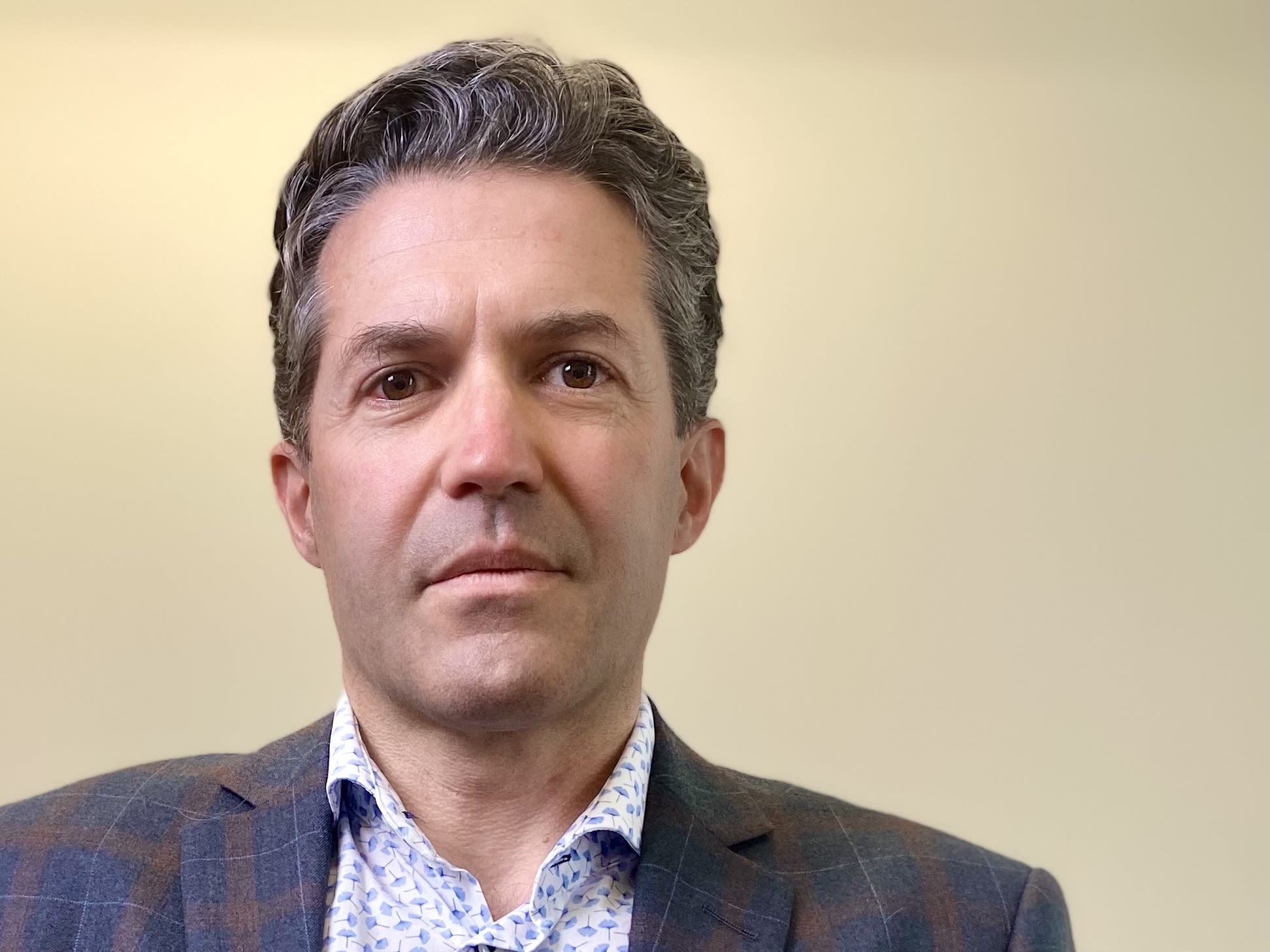
Director of the New Zealand’s CJD Surveillance Registry Dr Nick Cutfield
Director of the New Zealand’s CJD Surveillance Registry Dr Nick Cutfield
“Your chances are between one and two in a million and that’s generally at an older age," he says "The average age onset of sporadic CJD would be in your 60s. It isn’t infectious to whānau, or friends.”
Nor is it related to the variant CJD linked to eating beef contaminated with Mad Cow Disease which killed 232 people with an average age of 26 in the UK.
That outbreak is the main reason New Zealand has a CJD Surveillance Registry in the first place. “If that was thought – that CJD could have been acquired through food, the food chain, or agricultural products, it would be devastating for our agricultural sector and our economy,” says Dr Cutfield.
He’s adamant when he says, “we can’t stress this too much, we have never had variant CJD in New Zealand.”
Mad Cow Disease is also one of the reasons New Zealand excludes blood donors who lived in the UK, France or Ireland for six months or more between 1980 and 1996.
Healthcare-acquired CJD, which killed the six young New Zealanders infected by contaminated growth hormone, makes up less than one percent of all cases.
But the one thing that is common to all types of this disease is that there is no treatment and no cure.
Dr Cutfield says, “it’s a very distressing condition for people and their whānau because it’s so disturbing to their thinking and because it progresses rapidly and is fatal.”
